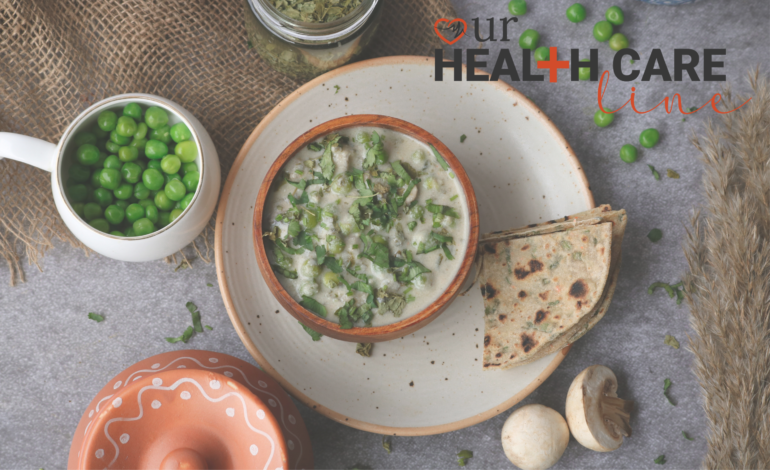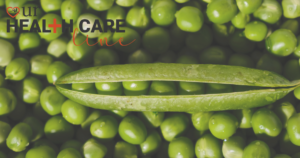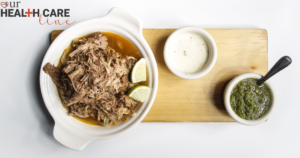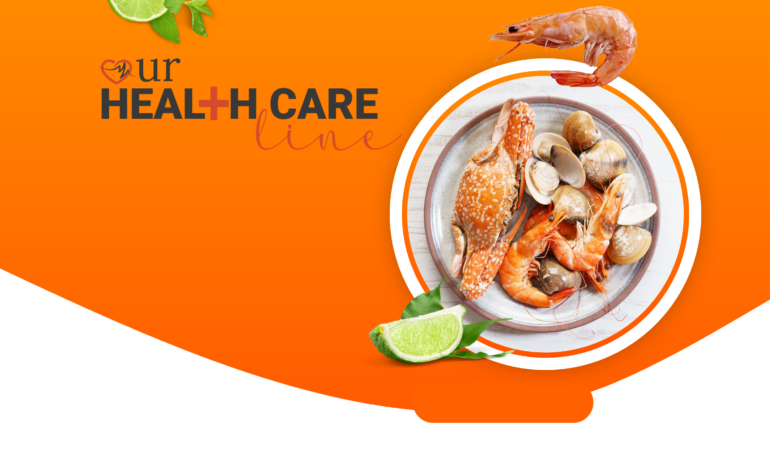
Is Pea and Ham Soup Healthy: Unveiling the Nutritional Benefits
Is pea and ham soup healthy? Learn about its nutritional advantages and how it can contribute to your well-being. When it comes to comfort food, few dishes can rival the hearty goodness of pea and ham soup. Its rich, savory flavor and warm, filling nature make it a beloved classic in many households. In this comprehensive guide, we will delve into the nutritional aspects of this delicious soup, exploring its health benefits, potential drawbacks, and how to make it even healthier.
What is Pea and Ham Soup?
Pea and ham soup is a classic dish with a rich history it is also known as “split pea soup”. Originating in Europe, it has found its way into kitchens around the world. It is a hearty and flavorful soup made primarily from green split peas and ham. The combination of dried peas and ham hock provided a nourishing and satisfying meal that could sustain them through long, cold winters.
The Nutritional Profile of Pea and Ham Soup
Before we answer the question”Is Pea and Ham Soup Healthy?”, let’s break down its nutritional components.
1. Peas

Peas are the star ingredient in this soup. They are an excellent source of dietary fiber, vitamins, and minerals. One cup of peas contains more than 7 grams of fiber, which aids in digestion and helps maintain a feeling of fullness. Peas are also rich in vitamin C, vitamin K, and essential minerals like iron and manganese.
2. Ham

Ham, often used to flavor the soup, provides a dose of protein. However, it’s essential to be mindful of the type and amount of ham you use. Opt for lean ham and consider using it in moderation, as it can be high in sodium and saturated fat.
3. Broth
The base of pea and ham soup is typically a flavorful broth. While it adds depth to the soup, store-bought broths can be high in sodium. To make a healthier version, consider using low-sodium or homemade broth.
The Health Benefits
Now that we’ve analyzed the main components, let’s explore the potential health benefits of pea and ham soup to answer this question “Is Pea and Ham Soup Healthy?”
1. High in Fiber
Peas are a fantastic source of dietary fiber, which aids in digestion, helps regulate blood sugar levels, and promotes a feeling of fullness. This can be particularly beneficial for those looking to manage their weight or improve their digestive health.
2. Rich in Vitamins
Peas contribute essential vitamins to the soup, including vitamin C, which supports the immune system, and vitamin K, vital for bone health and blood clotting.
3. Protein Content
The inclusion of ham provides protein, essential for muscle repair and overall body function. However, choose lean ham options to keep the saturated fat content in check.
4. Versatility in Cooking
Peas
- Peas are versatile and can be used in a wide range of dishes, from soups and salads to stir-fries and side dishes, adding both flavor and nutrition.
Ham
- Ham is a versatile ingredient that can be used in sandwiches, omelets, salads, and various recipes, providing a savory and salty flavor.
5. Mineral Content
Peas are also rich in essential minerals like iron and manganese, which are important for various bodily functions, including transporting oxygen in the blood and maintaining healthy bones.
6. Antioxidants
They contain antioxidants like flavonoids and carotenoids, which help combat oxidative stress in the body and reduce the risk of chronic diseases.
7. Low in Calories
Peas are relatively low in calories, making them a healthy addition to your diet without contributing to excessive calorie intake.
8. Digestive Health
Peas are rich in dietary fiber, which supports healthy digestion, while the protein in ham can aid in muscle function and overall body metabolism.
9. Satiety
The fiber in peas and the protein in ham work together to promote a feeling of fullness, helping you control your appetite and maintain a healthy weight.
10. Satisfaction and Comfort
Combining peas and ham in dishes like soup creates a satisfying and comforting meal that can curb cravings and prevent overeating of less healthy options.
Potential Drawbacks
While pea and ham soup offers several health benefits, the true answer to the question ‘Is Pea and Ham Soup Healthy?’ is that it has both potential drawbacks and health benefits. Let’s explain them:
1. Sodium
Commercially prepared soups, including canned varieties, can be high in sodium. Excessive sodium intake is linked to high blood pressure and other health issues. To mitigate this, opt for low-sodium options or make your soup at home.
2. Fat Content
The ham used in the soup can add saturated fat, which should be consumed in moderation to maintain heart health. Choosing lean ham or trimming excess fat can help.
3. Allergies
Some individuals may have allergies to ingredients or additives in ham products, which can lead to allergic reactions
4. Processed Meats Concerns
Processed hams fall into the category of processed meats, which the World Health Organization has classified as Grou carcinogens 1. This means they are associated with an increased risk of cancer, particularly colorectal cancer.
5. Oxalates
Peas contain oxalates, which can contribute to the formation of kidney stones in susceptible individuals. If you have a history of kidney stones, it’s advisable to consume peas in moderation.
Making Pea and Ham Soup Healthier
Is Pea and Ham Soup Healthy? To answer more clearly, here are some tips to make the soup healthier:
1. ingredient Swap
Start by choosing leaner cuts of ham or turkey bacon. These alternatives offer the same smoky flavor but with less saturated fat. Additionally, opt for low-sodium chicken or vegetable broth to reduce the overall salt content.
2. Boosting Veggie Power
Introduce more vegetables into your soup. Carrots, celery, and spinach not only add nutrition but also enhance the vibrant green color of the soup. These vegetables bring a delightful crunch and an array of vitamins and minerals to the table.
3. Fiber-Packed Peas
The star ingredient, peas, is already a nutritional powerhouse. They are packed with fiber, which aids in digestion and helps you feel fuller for longer. Plus, peas are a good source of vitamins A and C, adding an extra health boost.
4. Seasoning Sensibly
Be mindful of your seasoning choices. Instead of relying heavily on salt, use fresh herbs like thyme, rosemary, and a hint of garlic. These herbs elevate the flavor profile while reducing sodium intake.
5. Creaminess without Cream
Achieve creaminess without heavy cream by pureeing a portion of the soup and adding it back in. This technique creates a luscious texture without the added calories and saturated fat.
Homemade vs. Store-Bought
When it comes to ‘Is Pea and Ham Soup Healthy?’ making it at home is your best bet. This way, you have control over the ingredients and can make healthier choices, like using low-sodium broth and adding extra vegetables for added nutrition.
Moderation Is Key
As we have discussed the answer to the question ‘Is Pea and Ham Soup Healthy?’ it’s essential to consume the soup in moderation. The ham component, in particular, can be high in sodium and saturated fats, so keep an eye on portion sizes.
Conclusion
In conclusion, pea and ham soup can be a healthy and satisfying addition to your diet when prepared mindfully. Its high fiber and vitamin content make it a nutritious choice, while the potential drawbacks can be managed with smart ingredient choices and portion control. So, to answer the question, “Is pea and ham soup healthy?” – it can be if you make it with your health in mind. Enjoy the warmth and comfort of this classic dish while reaping its nutritional benefits.




